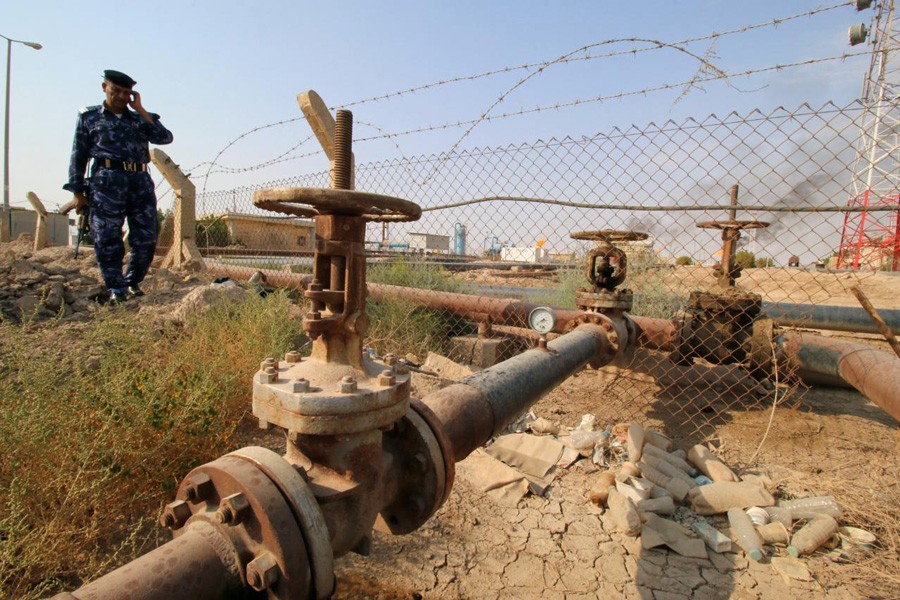LONDON, Sept 14 (Reuters): Oil prices rose on Thursday, building on recent gains after forecasts for stronger oil demand by the International Energy Agency (IEA).
Brent crude LCOc1 was up 40 cents at $55.56 a barrel by 1100 GMT, having risen by 89 cents, or 1.6 per cent, on Wednesday. US light crude CLc1 was up 40 cents at $49.70 after a 2.2 per cent gain in the previous session.
Brent has now climbed by more than $10 a barrel over the past three months and is close to where it was at the beginning of the year, trading between about $55 and $57.
"By breaking $55 a barrel, Brent is moving back to the price range of January/February," said Olivier Jakob, analyst at energy markets consultancy Petromatrix in Zug, Switzerland.
Wednesday's gains followed an IEA report that raised its estimate of 2017 world oil demand growth to 1.6 million barrels per day (bpd) from 1.5 million bpd.
The IEA said that a global oil surplus was shrinking thanks to strong European and US demand as well as production declines in OPEC and non-OPEC countries.
"Stronger demand and supply restrictions from OPEC and Russia are the main reasons for the oil price upsurge," said Forex.com analyst Fawad Razaqzada.
Barclays Research said in a research note that the supply side of the equation was beginning to look promising,
AFP from Paris adds: There are signs the global oil market is returning to balance and stocks of oil products in industrialised nations could soon fall below their five-year average, the IEA said Wednesday.
The International Energy Agency also said production by the OPEC cartel and its allies fell in August and compliance with their pact to cut supply to the markets increased.
OPEC and a number of other producers including Russia agreed last year on production cuts to ease a global supply glut, but prices haven't risen much above $50 per barrel as compliance has been a problem.
But with oil demand perking up as well as hurricanes and regular summer maintenance knocking out some production, the IEA said it has seen some of that glut disappear.
Within industrialised countries that are members of the OECD oil "product stocks are now only 35 mb above the five-year average," the IEA said in its monthly report.
Industry and government oil products stocks stood at 1,796.3 million barrels at in July in the 34 countries that make up the Organisation for Economic Cooperation and Development.
"Depending on the pace of recovery for the US refining industry post-(Hurricane) Harvey, very soon OECD product stocks could fall to, or even below, the five-year level," added the IEA.0

- Thursday, 26 December 2024 |
- Today's FE |
- e-Paper |
- Beta Website

